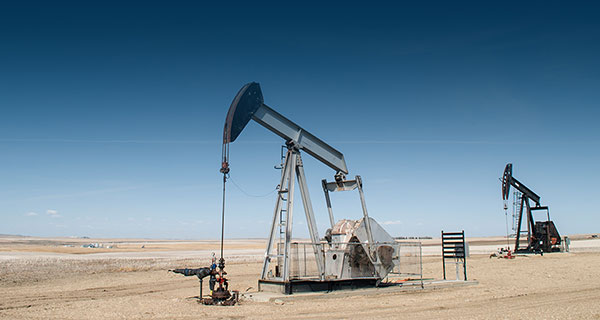Alberta’s economy is forecast to rebound this year and then lead the country in growth in 2021, according to a new report released Tuesday by Scotiabank Economics.
In its latest Provincial Outlook, the bank said the province’s economy grew by an estimated 0.5 per cent in 2019 but will experience another 1.6 per cent growth in 2020 which will be behind British Columbia’s 2.1 per cent and Quebec’s 1.8 per cent.
But in 2021 Alberta will have the fastest growing economy in the country at 2.5 per cent.
“The forecast rebound in Alberta economic growth in 2020 largely reflects the lifting of heavy oil production cuts that posed a drag on last year’s expansion. Beyond this year, we expect stronger energy sector investment activity to propel the bulk of output gains. Work on the Line 3 pipeline—if it progresses as expected— should boost private-sector capital outlays in the oil patch,” said the report.
“Consequently, we expect the province to finally recoup its 7.7 per cent 2015–16 real output contraction by mid-2020, and lead all Canadian jurisdictions with 2.5 per cent growth next year. Investment activity should also pick up outside the oil and gas sector. Work on petrochemicals plants is expected to progress. Corporate tax rate cuts may encourage some marginal additional capital outlays outside the energy sector, though federal investment incentives in place since late 2018 do not appear to have moved the needle substantially on this front.
“Moreover, a major telecommunications company has pledged to invest some $16 billion over the next five years to improve the speed and capacity of Alberta’s internet network. For exports, we anticipate that the dominant trend will be a steady rise in crude production that propels external oil shipments. Expected to lend further support to Alberta trade are capacity expansions in the manufacturing sector— including a $430 million potato processing plant that was completed last year.”
The bank said it foresees a modest acceleration of job creation and widening net interprovincial inflows over the next two years. Tightening labour markets and more robust headcount gains, in turn, should translate into healthier household spending after retail and automobile purchases paused in 2019, said the bank.
“However, neither population nor employment growth is expected to return to the pace of 2010–14, when they climbed by 2.3 per cent and 2.1 per cent, respectively. Improving labour markets and population growth are expected to result in stronger home sales activity over 2020–21, as well as encourage some new building. Yet, as in other net oil-producing jurisdictions, major Alberta markets remain mired in an overhang of unabsorbed housing units that have built up since the last commodity price correction,” said the report.
“That should prevent sustainable supply-demand balance, and stable sales activity and home price appreciation over the next two years. As widely expected, the Alberta budget released in October 2019 unveiled a plan to balance the books by FY23 that is anchored by expenditure restraint. The largest single expenditure contraction, at 2.3 per cent, is penciled in for FY21, but project activity should keep growth, as noted above, reasonably strong in calendar year 2020. In our view, the fiscal trajectory laid out is plausible and is positive to the extent that it translates into sustainable public finances over the longer-run. Still, the path to black ink will be challenging as the rates of inflation and population growth expected over the planning horizon will mean effective real spending cuts.”
Mario Toneguzzi is a business reporter in Calgary.
![]() The views, opinions and positions expressed by columnists and contributors are the author’s alone. They do not inherently or expressly reflect the views, opinions and/or positions of our publication.
The views, opinions and positions expressed by columnists and contributors are the author’s alone. They do not inherently or expressly reflect the views, opinions and/or positions of our publication.

